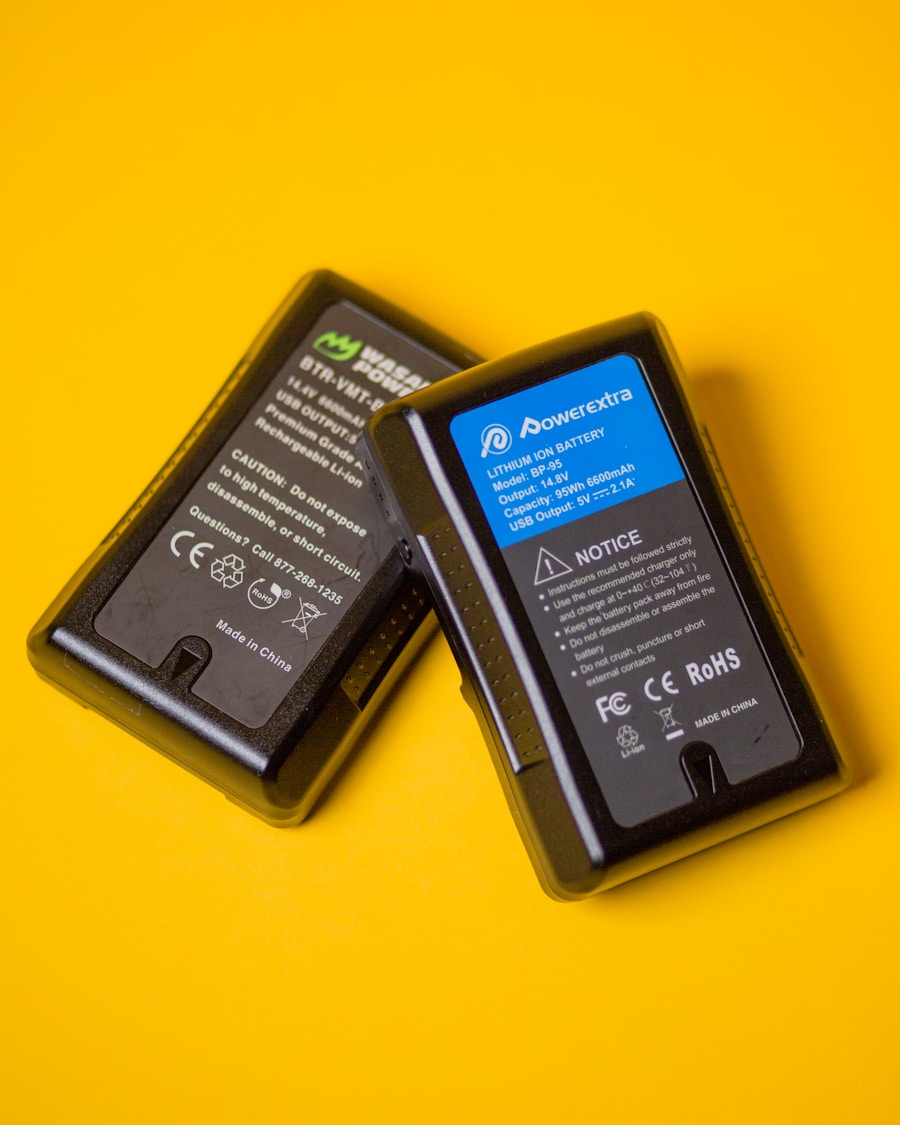Subtotal: 828,38 €
Maximizing Electric Bike Battery Life: Tips for Longevity
Electric bike batteries are the heart of any e-bike, providing the necessary power to propel the rider forward. Most electric bikes utilize lithium-ion batteries due to their high energy density, lightweight nature, and relatively long lifespan compared to other battery types. These batteries consist of multiple cells that store and release energy, allowing for efficient power management.
The capacity of an electric bike battery is typically measured in watt-hours (Wh), which indicates how much energy the battery can store. For instance, a 500Wh battery can theoretically provide 500 watts of power for one hour, or 250 watts for two hours, depending on the bike’s power requirements. Understanding the different types of lithium-ion batteries is crucial for e-bike owners.
The most common types include lithium nickel manganese cobalt oxide (NMC), lithium iron phosphate (LiFePO4), and lithium nickel cobalt aluminum oxide (NCA). Each type has its own advantages and disadvantages in terms of energy density, thermal stability, and cycle life. For example, NMC batteries are known for their high energy density and are often used in high-performance e-bikes, while LiFePO4 batteries are favored for their safety and longevity, making them ideal for commuter bikes.
Knowing the specifications and characteristics of your e-bike’s battery can help you make informed decisions regarding usage and maintenance.
Key Takeaways
- Electric bike batteries come in different types such as lithium-ion, nickel-cadmium, and lead-acid, each with its own advantages and disadvantages.
- Proper charging techniques include using the manufacturer’s recommended charger, avoiding overcharging, and storing the battery at the right temperature.
- Maintaining the battery involves regular cleaning, avoiding extreme temperatures, and checking for any signs of damage or wear.
- Riding habits such as avoiding frequent full discharges, using pedal assist, and avoiding excessive weight can help prolong the battery’s lifespan.
- When storing the electric bike, it’s important to keep the battery at a moderate temperature and charge it to around 50% before long periods of inactivity.
- When it’s time to replace the battery, it’s important to recycle it properly to minimize environmental impact.
Proper Charging Techniques
Optimal Charging Levels
When charging, it is advisable to plug in the battery when it reaches around 20% capacity rather than allowing it to fully deplete. Lithium-ion batteries experience stress when fully discharged, which can lead to a shorter lifespan. Additionally, charging practices can significantly impact battery health.
Charging Environment
It is generally recommended to charge the battery in a cool, dry place away from direct sunlight or heat sources. High temperatures during charging can accelerate chemical reactions within the battery, leading to degradation. Conversely, charging in extremely cold conditions can also be detrimental, as it may cause lithium plating on the anode, which can reduce capacity and increase the risk of failure.
Temperature Considerations
A good practice is to allow the battery to reach room temperature before charging if it has been exposed to extreme temperatures.
Maintaining the Battery

Regular maintenance of an electric bike battery is vital for ensuring its longevity and optimal performance. One of the most important aspects of battery maintenance is keeping the terminals clean and free from corrosion. Over time, dirt and grime can accumulate on the terminals, leading to poor connections and reduced efficiency.
Using a soft cloth or a brush to gently clean the terminals can help maintain a good electrical connection. Additionally, checking for any signs of physical damage or swelling is crucial; a damaged battery should be handled with care and replaced immediately. Another key factor in battery maintenance is monitoring its state of charge (SoC).
Keeping the battery between 20% and 80% charged is often recommended for lithium-ion batteries, as this range minimizes stress and prolongs lifespan. Regularly checking the battery’s voltage using a multimeter can help ensure it remains within this optimal range. Furthermore, if an e-bike is not used for an extended period, it is advisable to store the battery at around 50% charge and check its voltage every few months to prevent deep discharge.
Riding Habits for Battery Longevity
| Riding Habit | Battery Longevity |
|---|---|
| Frequent short rides | 2-3 years |
| Regular long rides | 4-6 years |
| Proper charging habits | 5-7 years |
| Infrequent use and storage | 1-2 years |
The way an electric bike is ridden can have a significant impact on battery life. Aggressive acceleration and high-speed riding can drain the battery quickly, leading to more frequent charging cycles that may shorten its lifespan. To promote battery longevity, riders should adopt smoother acceleration techniques and maintain a steady pace whenever possible.
Utilizing pedal assist modes effectively can also help manage power consumption; for instance, using lower assist levels on flat terrain can conserve energy while still providing adequate support. Terrain plays a crucial role in how much energy is consumed during rides. Riding uphill requires more power than cruising on flat surfaces, so being mindful of route selection can help extend battery life.
Riders should consider planning routes that minimize steep climbs or incorporate breaks during challenging sections to allow the battery to recover. Additionally, using regenerative braking systems—if available—can help recharge the battery during descents, further enhancing overall efficiency.
Storage and Temperature Considerations
Proper storage of an electric bike battery is essential for maintaining its health over time. When not in use for extended periods, it is best to store the battery in a cool, dry place away from direct sunlight and extreme temperatures. Lithium-ion batteries are sensitive to temperature fluctuations; storing them in environments that are too hot or too cold can lead to irreversible damage.
Ideally, batteries should be stored at room temperature, around 20°C (68°F), with a charge level of approximately 50%. In addition to temperature considerations, humidity levels should also be taken into account when storing an electric bike battery. High humidity can lead to corrosion of terminals and internal components, while excessively dry conditions can cause static electricity buildup that may damage sensitive electronics within the battery.
Using silica gel packets or other desiccants in storage containers can help mitigate humidity-related issues. Regularly checking the battery’s condition during storage—looking for signs of swelling or leakage—can also prevent potential hazards.
Replacing and Recycling the Battery

Importance of Recycling Old Batteries
Many manufacturers offer replacement options that ensure optimal performance and safety. Recycling old batteries is equally important as proper disposal helps mitigate environmental impacts associated with battery waste. Lithium-ion batteries contain materials that can be harmful if not disposed of correctly; therefore, recycling programs are essential for recovering valuable materials like lithium, cobalt, and nickel.
Proper Recycling Methods
Many local governments and organizations offer recycling programs specifically for batteries; checking with local waste management services or e-bike retailers can provide information on proper recycling methods. Some manufacturers even have take-back programs that allow consumers to return old batteries for safe disposal or recycling.
Extending Battery Lifespan and Environmental Sustainability
In conclusion, understanding electric bike batteries involves recognizing their components and characteristics while employing proper charging techniques and maintenance practices. By adopting mindful riding habits and considering storage conditions, riders can significantly extend their battery’s lifespan. Finally, being proactive about replacing and recycling batteries ensures not only personal safety but also contributes positively to environmental sustainability efforts.
FAQs
What is the average lifespan of an electric bike battery?
The average lifespan of an electric bike battery is typically between 2 to 4 years, depending on usage and maintenance.
How can I extend the lifespan of my electric bike battery?
To extend the lifespan of your electric bike battery, it is important to avoid overcharging, extreme temperatures, and deep discharges. Regularly maintaining and properly storing the battery can also help prolong its lifespan.
What factors can affect the battery life of an electric bike?
Factors that can affect the battery life of an electric bike include the frequency of use, the level of assistance used, the terrain, the rider’s weight, and the overall maintenance of the bike and battery.
Can I replace the battery in my electric bike?
Yes, most electric bikes allow for the battery to be replaced. It is important to ensure that the replacement battery is compatible with the specific model of the electric bike.
How do I properly store my electric bike battery when not in use?
When not in use, it is recommended to store the electric bike battery in a cool, dry place, away from direct sunlight and extreme temperatures. It is also important to periodically charge the battery if it will be stored for an extended period of time.

 Electrib X4 1600W 48V 17.5Ah 45km/h 70km 10" Dual Motor Electric Scooter
Electrib X4 1600W 48V 17.5Ah 45km/h 70km 10" Dual Motor Electric Scooter 